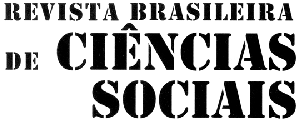We examine the controversy after the foundation of the Indigene settlement of Itambacuri, Minas Gerais (18831893) on the ways of occupation of the "terrenos ubérrimos" (fertile terrains), an expression used by Capuchin missionaries to describe territories belonging to Jê groups inhabitants of the Brazilian Atlantic Forest bordering the Rivers Doce and Mucuri. Paying special attention to the way how it was created at Itambacuri what here we see as a contest between different programs of cultivate of the landscape. (T. Ingold, 2000). The creation of the Indigene settlement and the assemblages produced, including Indian groups, immigrants and migrants from Brazilian Northeast offer us an opportunity for an Symmetrical Anthropology exercise (Bruno Latour, 1991; Isabelle Stengers, 2002) applied both to the issue of the conditions of producing knowledge about Natural History as to the debate settled at that time between Science and Religion.
Symmetrical anthropology; Botocudo; Brazilian Atlantic Forest; Naturalists; Capuchin missionaries
